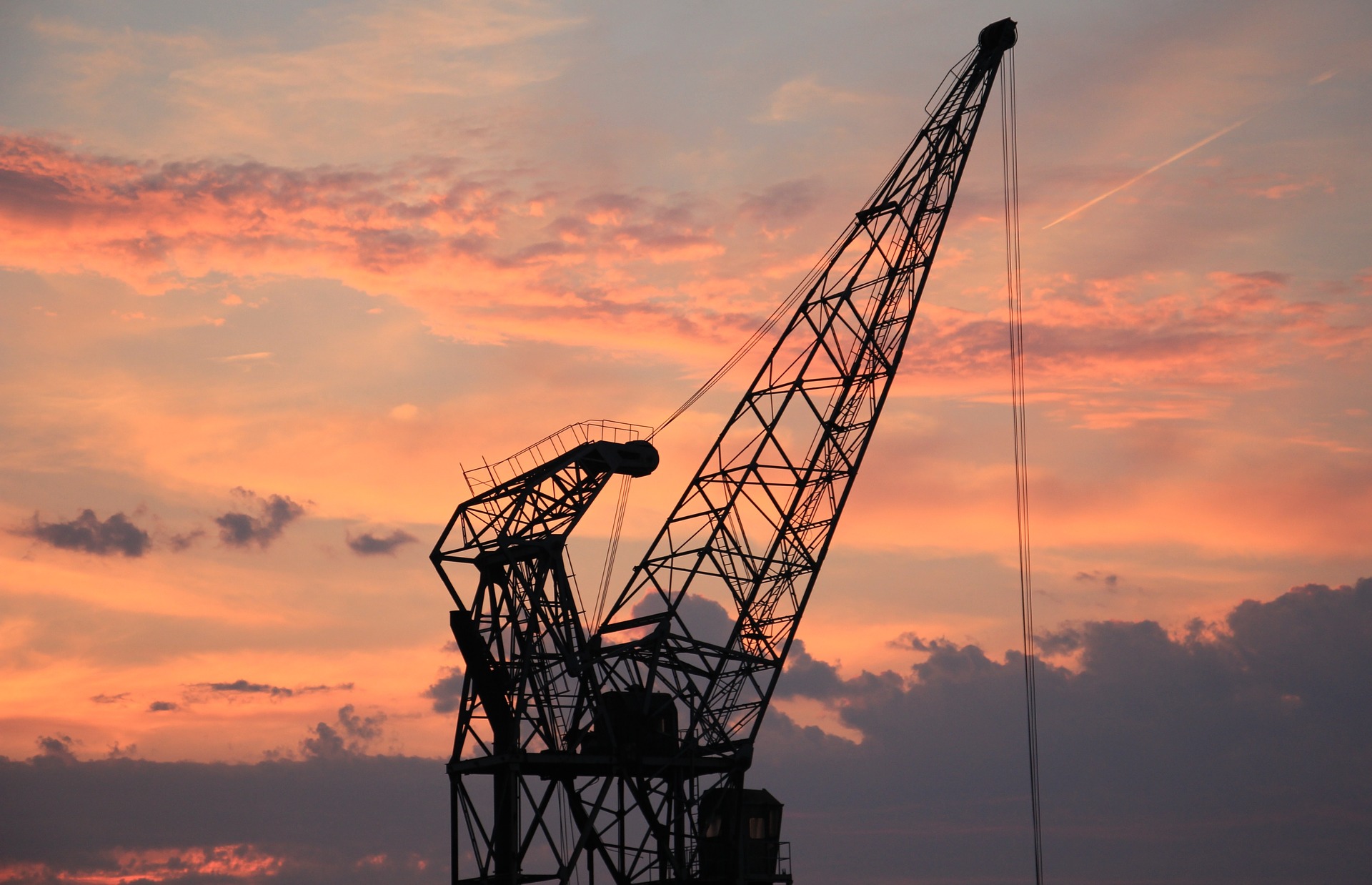The Burj Khalifa in Dubai is currently the world’s tallest skyscraper, with a height of 828 meters, but that won’t be the case for much longer. Construction of the 1,000-meter tall Jeddah Tower in Saudi Arabia is expected to be completed by 2020. As of 2017, the tower was 252 meters high and already boasted overarching views of the surrounding area. The completed project is estimated to cost $1.4 billion and will include a five-star Four Seasons Hotel, 97 serviced apartments, and seven floors of office space.
Inside Jeddah Tower
Other features of the historic landmark include a total floor area of 2.6 million square feet; the world’s highest observation deck (664 meters), originally designed for use as a helipad; and elevators that will reach a record height of 660 meters. Visitors will also be able to access the observation deck from the first floor of the tower on a double-decker lift that can reach speeds of up to 12.5 miles per hour, meaning they can reach the deck in a little over one minute.
In addition to the office space as well as hotel and serviced apartment homes, the inside of Jeddah Tower will include a large penthouse at the crown of the building. Balconies along the sides of the tower will not only provide outdoor space for occupants, but also assist in cooling the tower’s surface through a reduction in direct solar radiation. Environmentally-friendly features and equipment such as intelligent irrigation systems are also being utilized in the design of the tower’s interior.
Project History
Jeddah Tower was first proposed in 2011 and has become central to the success of Saudi Vision 2030, the government-backed plan designed to diversify the Kingdom’s economy by reducing its dependence on oil. As of 2012, petroleum and petroleum products comprised more than 90 percent of Saudi Arabia’s exports. Moreover, the lofty goal of extending the tower beyond the one kilometer mark serves as a means of displaying the economic power of the country on the global stage. If the finished building reaches this height, it will be the first in history to do so.
Mounib Hammoud, CEO of Jeddah Economic Company, which is spearheading the project, compared the tower’s symbolism to the pyramids built by the ancient Egyptians and the large churches and cathedrals built in medieval France. “Like in every city: after money, after power, you want strength,” he told CNN. “After strength, you want to establish something, leave something for the world. And today, Jeddah is going to have a building which, many generations to come will talk about it.”
Construction on the tower began in 2013 with Kingdom Real Estate Development as the developer and Adrian Smith + Gordon Gill Architecture tasked with designing the building. Other partners involved in the design and construction of the tower include Environmental Systems Design, Inc., Thornton Tomasetti, and Cosentini Associates.
Architecturally speaking, the tower’s supporting structure is comprised solely of cast-in-place reinforced concrete walls, conventionally reinforced plate concrete floor framing, and coupling beams. Because of the continuous vertical nature of the walls, an advanced jump form system is required to allow construction to proceed uninterrupted. While there have been setbacks, including two of the project’s financial supporters being tied up in an anti-corruption purge, Jeddah Economic Company remains committed to a 2020 completion date.
A New Tower for a New City
The tower will be situated at the heart of the independent Jeddah Economic City, a new urban development located north of the city of Jeddah. Construction on a shopping mall and other major development projects are expected to begin in the next year or two. The new city will occupy 5.3 million square meters of land and will include all the amenities needed for comfortable living, while serving as a prominent trade hub and tourist destination given its strategic location along the Red Sea. Additionally, the tower will also be surrounded by the Jeddah Tower Waterfront District, which will include breathtaking views of the city and a transportation system that will connect people in nearby districts to the site.
Beyond Oil
Jeddah isn’t the only city where the Kingdom is investing in infrastructure. In 2017, the Saudi government detailed plans to build a $500 billion mega-city run on 100 percent renewable energy. More than a decade earlier, former King Abdullah bin Abdulaziz Al Saud established the first-ever publicly listed city, King Abdullah Economic City (KAEC). While the port and manufacturing city along the Red Sea is not yet complete, it is expected to serve as a major transportation hub and economic growth driver on the world market.
“We are now in the business of building cities,” said KAEC managing director and chief executive Fahd al Rasheed. “We are talking now about moving to a service economy post oil, and I think the economic driver in the future in Saudi Arabia is going to be these mega-cities.”

